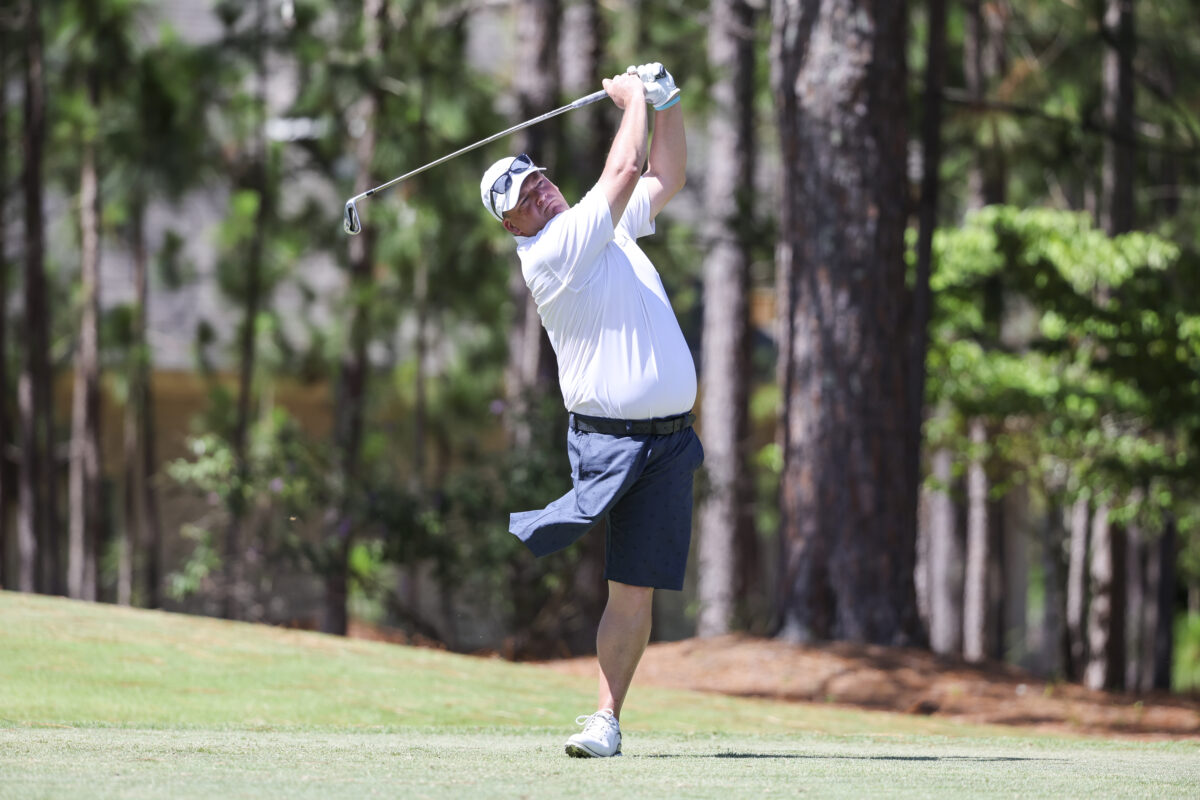It was a U.S. Open like no other. Every player in the 96-player field at the inaugural U.S. Adaptive Open had a story to tell. One that could uplift and inspire both the disabled and able-bodied to push through boundaries in the pursuit of excellence.
There were 24 players at Pinehurst No. 6 with handicaps better than scratch. Pros and amateurs, men and women, competed alongside each other. The oldest player was 80-year-old Judi Brush (leg impairment) and the youngest was 15-year-old Sophia Howard (arm impairment).
“If you were here,” said Dennis Walters, “I don’t think you would ever forget this.”
MORE: 2022 Golfweek Awards

Walters, who competed in the seated players division, went on to say that he’d like to see everyone involved in the golf industry come out to watch the Adaptive Open, from players on the PGA Tour and LPGA to golf manufacturers.
The field had at least five male players and two females in each impairment category: arm impairment, leg impairment, multiple limb amputee, vision impairment, intellectual impairment, neurological impairment, seated players and short stature. Four separate yardages were used spanning from 4,700 to 6,500 yards and men and women competed in the same groups.
South Korea’s Simon Lee (intellectual impairment) and Kim Moore, the head coach at Western Michigan who was born without a right and severely clubbed left foot, were the inaugural champions.
The competitors oozed appreciation, but really, this championship was a gift to the game.
“This isn’t about money and contracts,” said U.S. Golf Association CEO Mike Whan, “this is about meaning.”
The game will never be the same.
[vertical-gallery id=778285152]
[mm-video type=playlist id=01es6rjnsp3c84zkm6 player_id=01f5k5vfbhv59szck1 image=]
